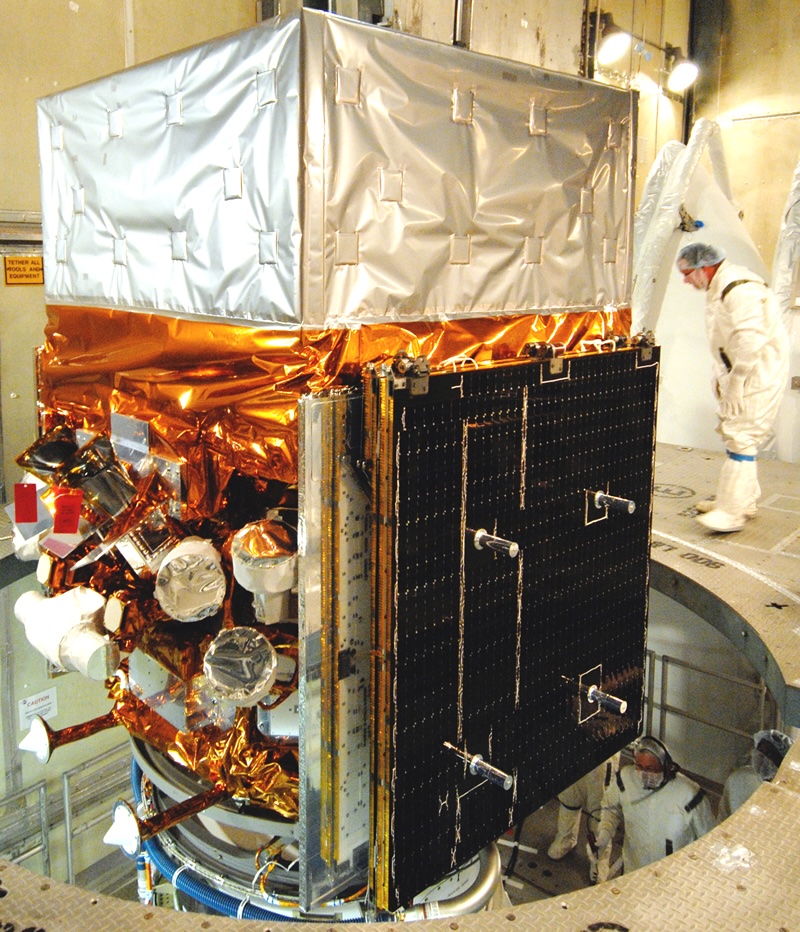Gamma-ray bursts are the brightest explosions in the Universe, briefly eclipsing entire galaxies with a powerful burst of high-energy radiation. These – excuse the pun – astronomical explosions release more energy in a few seconds than ours Sun will produce throughout its ten billion years of life, sending jets of gamma rays into space. Despite their incredible brightness, gamma-ray bursts are fleeting phenomena, lasting from milliseconds to several minutes before disappearing.
On March 7, 2023, satellites detected one of these gamma-ray bursts, designated GRB 230307A. It was the second brightest burst ever recorded, resulting from the collision and merger of two compact stars, likely neutron stars, located in a distant galaxy. What made this event particularly curious was its unusually long duration—one minute—when theory predicted that for this type of merger it should last less than two seconds.
“This event has given us a rare opportunity: by discovering its hidden heartbeat, we can finally say with certainty that some gamma-ray bursts are powered not by black holes, but by newborn magnetars.”
Professor Bing Zhang, Head of the Department of Physics at the University of Hong Kong and co-author of the study.
An international team led by researchers from the University of Hong Kong, Nanjing University and the Chinese Academy of Sciences decided to take a deeper look at this event. They looked at over 600,000 datasets collected ChinaGECAM satellites and NASAThe Fermi satellite is looking for hidden patterns within the burst. They found a repeating signal that maintained a very constant rhythm over time, showing that the star was spinning at a rate of 909 times per second. This fast pulsation represents the first direct detection of a periodic signal from a millisecond magnetar within a gamma-ray burst.
The surprise was the understanding of why the signal was so short. The team hypothesizes that the magnetar's rapid rotation imprints a periodic signal in the gamma ray stream through it. magnetic fieldbut because the jet develops rapidly, this heartbeat becomes visible only when the radiation briefly becomes asymmetrical. The periodic pulse was detectable for only 160 milliseconds before the symmetry of the jet obscured it again.

The discovery changes our understanding of the most extreme explosions in the Universe and shows that newborn magnetars can survive mergers of compact stars. The research opens up exciting new possibilities in astronomy, linking gamma rays, gravitational waves and the physics of compact stars under the most extreme conditions imaginable.
original version this article was published on Universe today.








